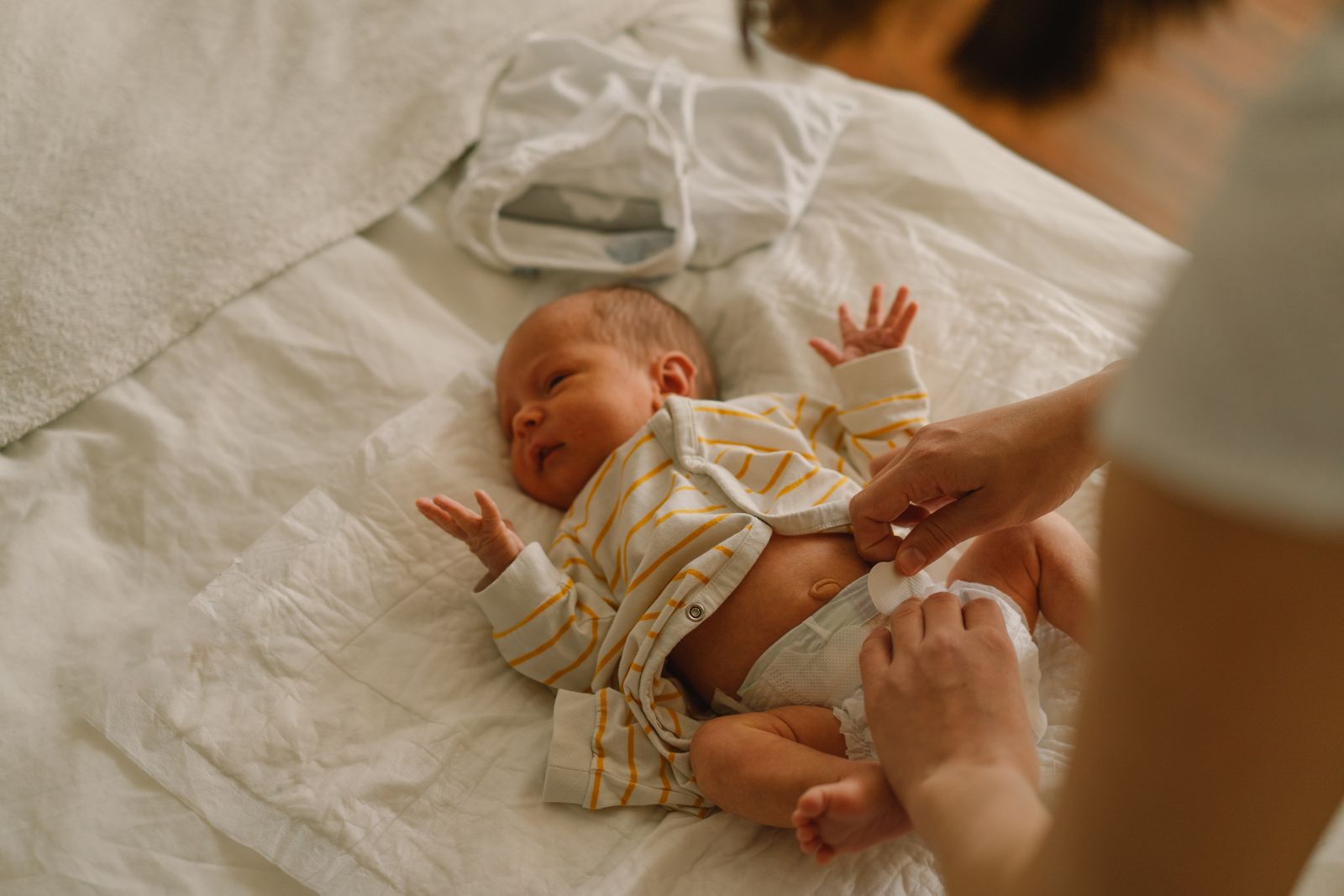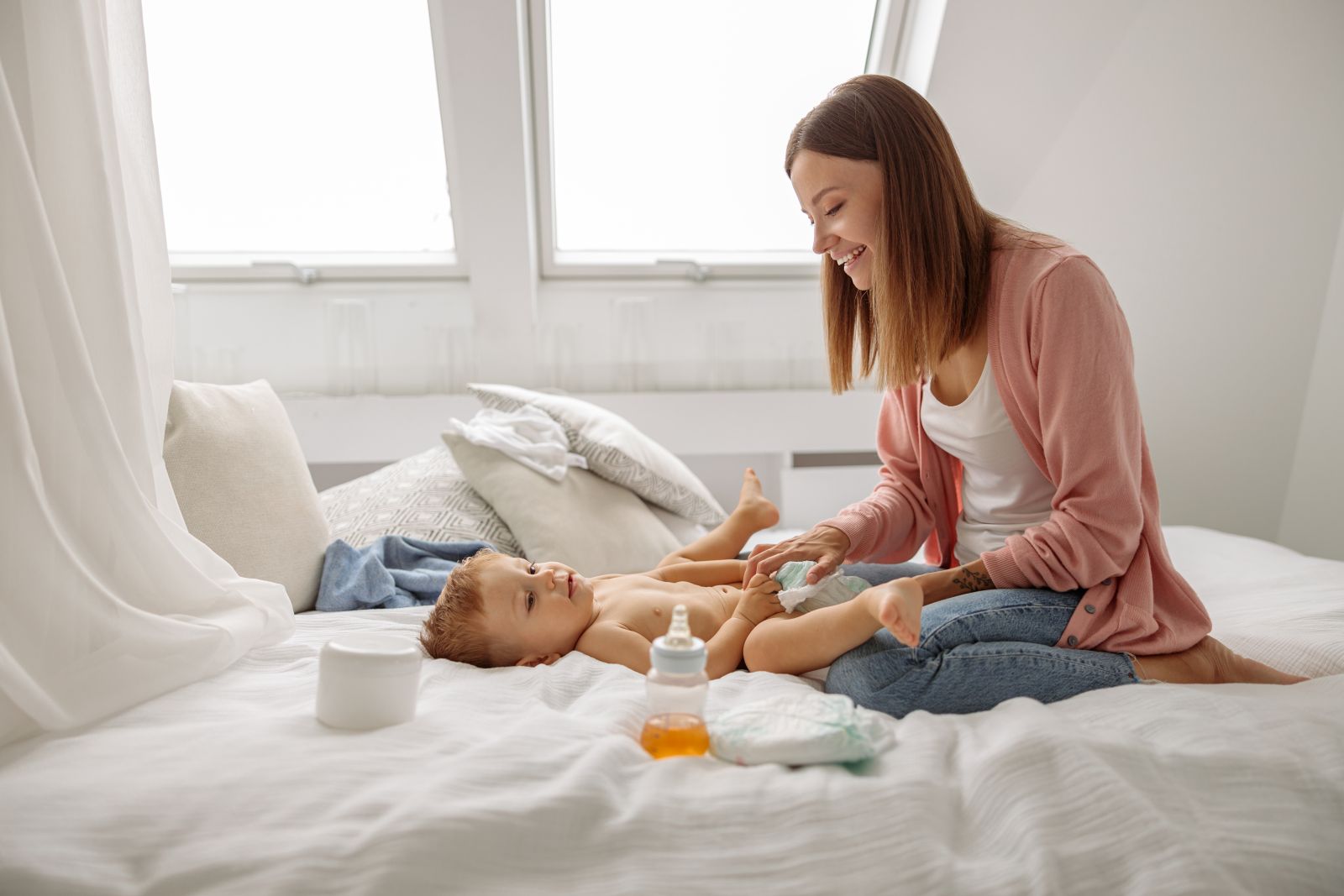Changing a baby's diaper is one of the most important tasks in baby care. Doing this process properly and correctly keeps the baby clean and involves important factors such as comfort, safety, and diaper rash prevention. In this article, we will provide a practical guide on how to change a baby's diaper properly and correctly.
How to Change a Baby's Diaper Correctly

Preparation
Before starting the process of changing diapers, make sure you have prepared all the necessary equipment. Prepare clean diapers, cloth or wet wipes, diaper protection cream (if needed), and new baby clothes. Make sure the diaper changing area is safe and protected so the baby doesn't fall out.
Washing hands
Before changing a baby's diaper, washing your hands with soap and warm water is important. This helps prevent the spread of germs and keeps the baby clean.
Put the baby in a comfortable place
Place baby on a flat, soft surface such as a diaper-changing table, crib, or floor covered with a clean towel. Make sure the place is safe and comfortable for the baby and gives you enough space to work.
Remove dirty diapers
Remove the adhesive from the soiled diaper carefully. Do not immediately remove the entire diaper because the baby may urinate or defecate. Use the clean side of the diaper to remove as much dirt as possible before throwing the diaper away.
Clean the diaper area
Use a wet cloth or tissue to clean the baby's diaper area gently. Start from front to back to avoid spreading germs from the anal area to the genital area. Be sure to clean gently and thoroughly, especially in the skin folds, groin area, and buttocks.
Gently dry baby's skin
After cleaning the diaper area, dry it gently with a clean cloth or soft tissue. Avoid rubbing the area, as it can irritate. Make sure the diaper area is completely dry before putting on a new diaper.
Put on a clean diaper
Put on clean, properly-sized diapers. Make sure the diaper covers the entire genital area and the baby's bottom. Make sure there are no folds or air pockets that could cause leakage or discomfort.
Put on new baby clothes
After diapering, wear clean, comfortable baby clothes. Make sure the clothes are not too tight or irritate the baby's skin.
Dispose of used diapers properly
After changing diapers, fold used diapers neatly and place them in a closed trash bag. Don't throw used diapers down the toilet; they can clog the drain.
Wash your hands again
After changing diapers, remember to wash your hands with soap and warm water to maintain cleanliness and prevent the spread of germs.

Changing a baby's diaper properly and correctly involves steps that include preparation, hygiene, and comfort for the baby. By practicing these practical guidelines, you can keep your baby clean, prevent diaper rash, and create a safe and comfortable diaper-changing experience for you and your baby. Remember that every baby is different, so adapt techniques and equipment to your baby's needs.

